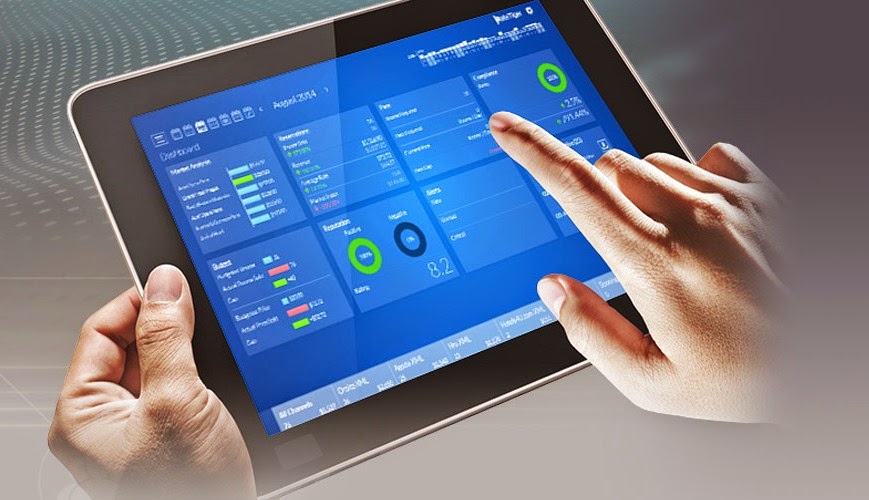There is no hospitality like understanding. As an hotelier, I can vouch for it. As an hotelier, you need to understand your guest, their buying pattern, seasonal behaviour, market rate fluctuation, global economy and what not. And as if tracking you competitors is not enough, you have to now keep of new players in the distribution arena. Today’s revenue manager’s job is always on a roller coaster.
2014 was the year when meta-search channels further consolidated their position, with TripAdvisor throwing in a surprise in the form of commission based model, and bed banks like AirBnB becoming a really hot topic. The year ended with the curtain-raiser for Amazon’s entry as hotel retailer. If you think 2015 will be any different, you are in for a surprise.
Rise, rise and rise of Big Data
We have been hearing it for the past few years, now. But 2015 is going to be the year when Bid Data is going to take center-stage in marketing and distribution strategies of most hospitality companies. It is the buzz word I hear at every travel industry conference, at every trade show, as if it has the Midas Touch to solve every problem we face today.
And indeed it almost has. Big data by definition usually includes data sets with sizes beyond the ability of commonly used software tools to capture, curate, manage, and process the data within a tolerable elapsed time. As revenue managers, you and I are used to accessing multiple reports from CRM, PMS, CRS, etc. Data overload has been long been a cause of worry for us. What big data does is that it gives us the capability to store data, dissect and dice it, analyze and draw insights from it…and then use those insights to greater understanding of customers and markets which eventually yields innovative products and more valuable customers.
Analytics for positive business outcome
Ok, I admit, Big Data and Analytics are closely related. Analytics is the application of science to Analysis, or as some experts call it, it’s basically data science. We all have data, but it becomes valuable only after you analyze it to derive insights. To give you an example, while benchmarking reports might help you to know your pricing position, it would not be giving you a clear picture on what should be your best position in a channel– which might not be the first or last position, but somewhere in between which gives you the maximum yield. With Analytics, you will be able to identify your best position, which would get you the optimal return.
Hotels for a long time relied on transactional data for customer insights. With the advent of internet, incoming traffic has been important source for customer segmentation. However, with cross-platform connectivity becoming the new normal, hotels are increasingly finding it difficult to cope up with so many things are happening across so many platforms – how do we stay in sync? Analytics gives them the insights through which travel companies are able to “listen in” on potential consumers’ opinions, needs and desires, and deliver results accordingly.
In next edition I’ll talk about how mobile is outpacing desktop and becoming a hot trend.
By Dhiraj Kumar is Associate Product Owner at eRevMax. He is based out of Kolkata and can be reached at dhirajk@erevmax.com



